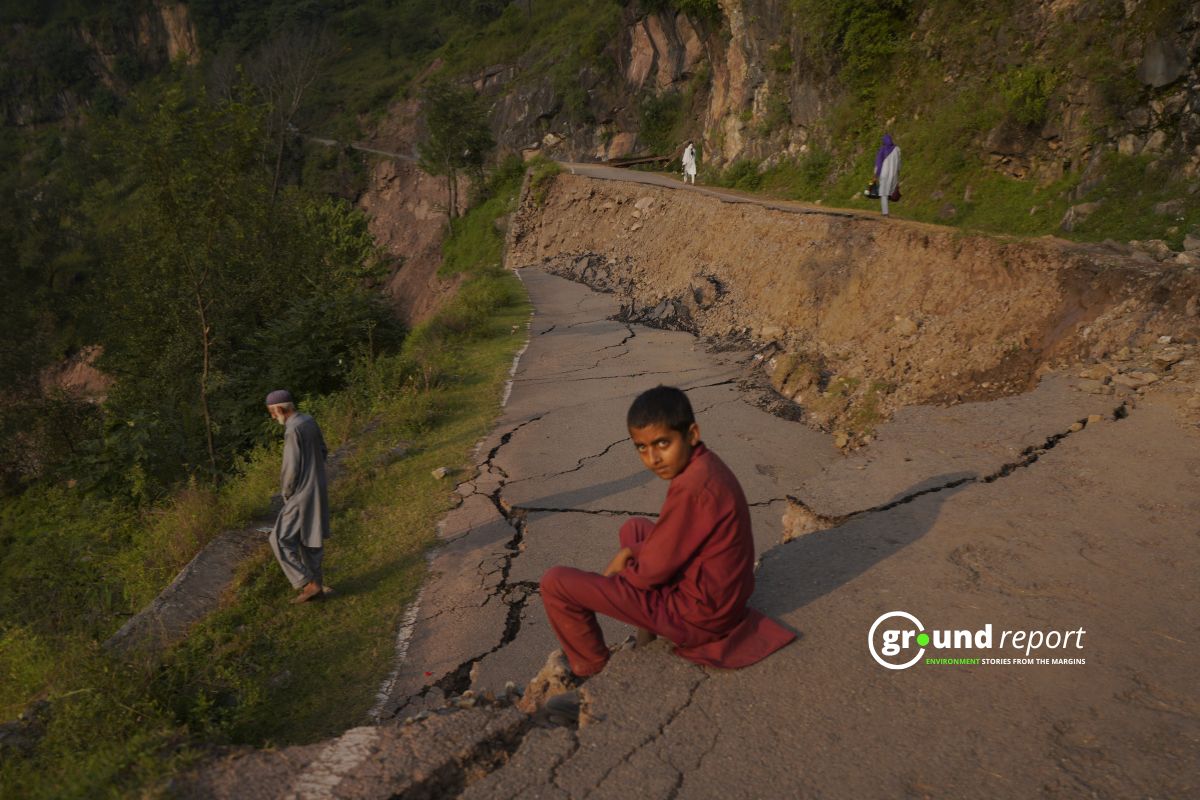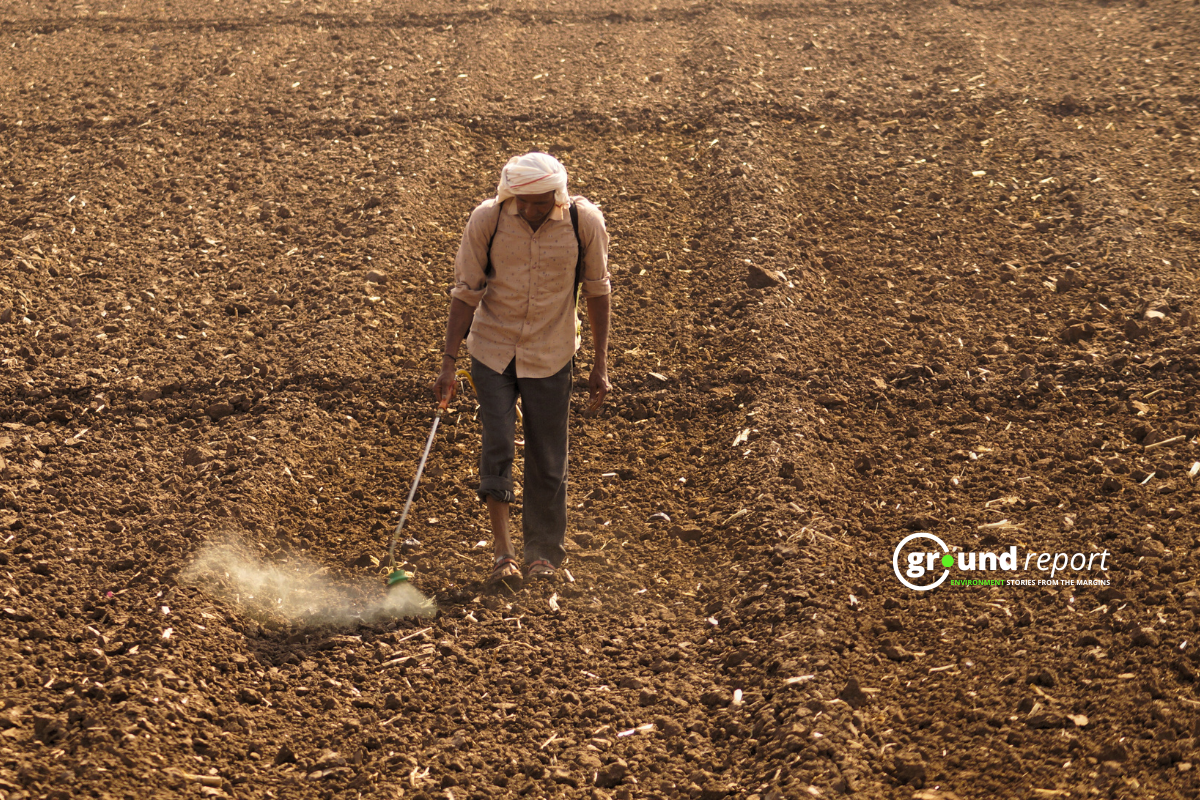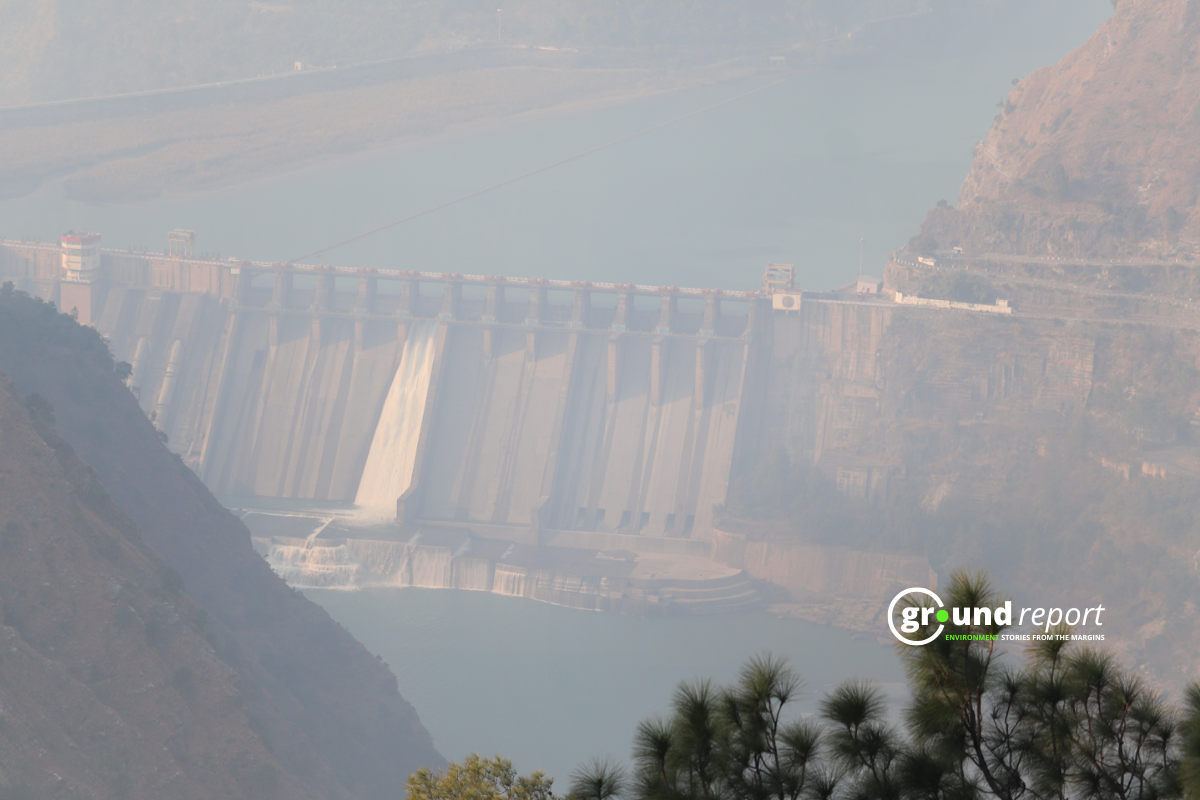The Indian Government in January 2022, prepared an Rs. 75,000 crore project for the Holistic Development of Great Nicobar island in Andaman and Nicobar Islands.
This project included the Integrated Development of the International Container Transshipment Terminal (ICTT)-14.2 Million TEU along with Greenfield International Airport, township and Area Development and 450 MVA Gas and Solar based power plant. Another project introduced was the Sustainable Development of Little Andaman Island Vision Document which aims in building a coastal township in the forests that is home to the Onge tribes.
In November 2022, the Union Environmental Ministry gave clearance for the diversion of 130 sq. km of forest on the island.
These projects are to be completed by 2050. And, despite heavy opposition to the projects by environmentalists, the Government of India is going ahead with the Terms of Reference for Environmental Impact Assessment.
Effect on tribal groups
According to environmentalists, these two projects will affect the vulnerable tribal people of the islands. These tribal population include, the Great Andamanese, the Jarawas, the Onges, the Shompens and the Sentinalese.
The Government of India has been questioned by the Committee on the Elimination of Racial Discrimination (CERD). They were asked about the measures being taken to safeguard the vulnerable tribal groups that live on these islands. Furthermore, the observance of the relevant laws and policies.

Environmental Impact Assessment of the project
As per the EIA report, the proposed township is estimated to spread over 166.1 square kilometres (sq km) out of which 121.87 sq km of land falls under protected forest. In addition, 8.88 sq km of land falls under deemed forest which is part of revenue land. The total area of the seven revenue villages falling in the project area is 44.2 sq km.
Read more: Former civil servants write to President on Great Nicobar island plan – The Hindu
According to the EIA report, while assessing the anticipated environmental impacts and migration strategies, changes in land use or land cover may occur during the construction phase. The township construction phase has the potential to change the topography of the land, which may also interfere with the area’s natural drainage, the report noted. It also highlighted the environmental effects of township construction and area development.
Keep Reading
- Why the holistic development plan of the Andaman is dangerous?
- “Only 1.5 percent area will be affected in the Nicobar Islands”
- Nicobar project gets assent for diversion of 130 sq km of forest
Follow Ground Report for Climate Change and Under-Reported issues in India. Connect with us on Facebook, Twitter, Koo App, Instagram, Whatsapp and YouTube. Write us on GReport2018@gmail.com.









